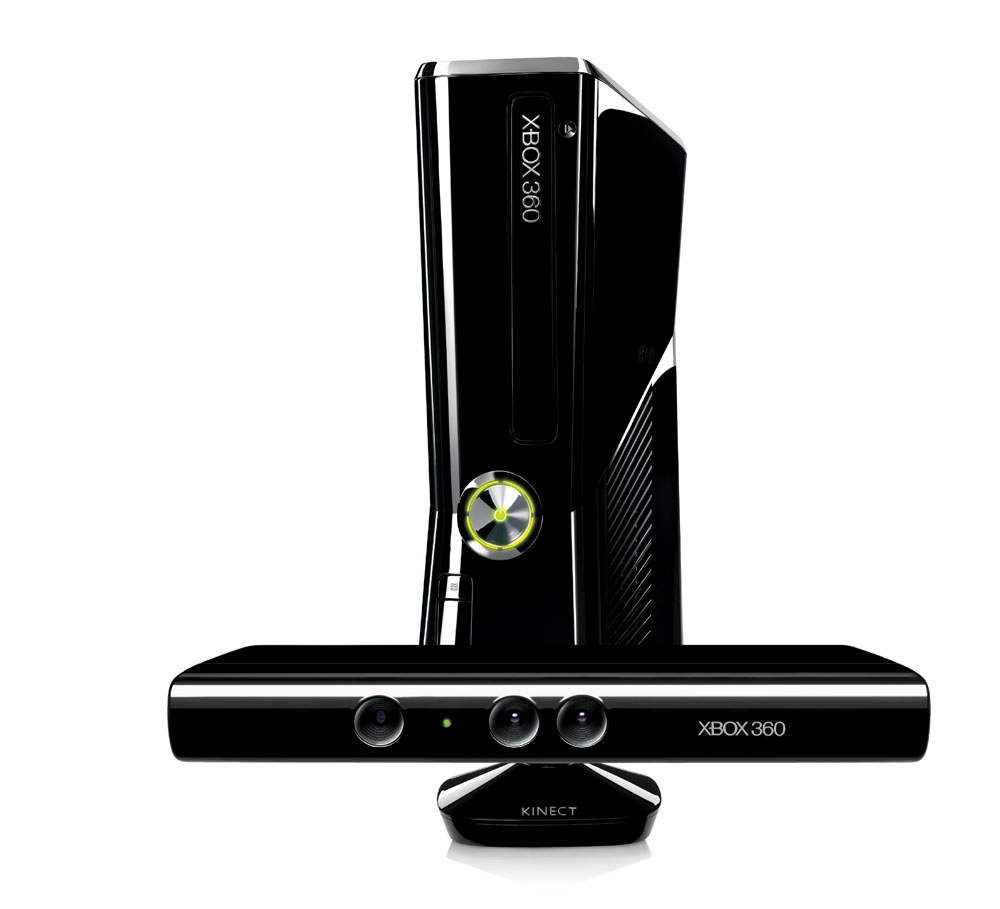Microsoft Wants To Make Kinect More Engaging

Kinect on the Xbox 360 had a bit of a problem. It simply wasn’t that great –or workable –as a gaming peripheral. Most developers barely paid it any mind, relegating it to little more than a gimmick. Of those games that did end up using it exclusively, only the barest few were even remotely memorable. In short, as far as gaming was concerned, the first Kinect was something of a failure.
 Microsoft: “Kinect To Be More Engaging”
Microsoft: “Kinect To Be More Engaging”
That isn’t to say it didn’t have value as a peripheral. The ability to control one’s console through voice and gesture – and the ability of Kinect to function as a PC peripheral – made it indispensable for both multimedia viewing and certain elements of the business community. Unfortunately, for the average consumer, it simply didn’t have enough value.
Microsoft is well aware of this. In an interview with Tech Radar, Xbox’s UK Marketing Director Harvey Eagle admitted that Kinect 1.0 wasn’t exactly what Microsoft was hoping for, although the organization is hoping to rectify their mistakes with Kinect 2.0. The first step in doing this, he explained, was bundling a Kinect unit with every Xbox One – a bold move which has set the price of the console well above that of its competitor, the PS4.
Given that Sony already has a lead on Microsoft because of its rather dismal performance at E3; it’s quite the risk to take. If it doesn’t pay off, Microsoft could find itself in no small degree of trouble. Still, Eagle feels that the Kinect’s upgrades – coupled with the fact that gamers are guaranteed to have access to the features provided by the device – will provide the console the edge it needs.
“With the Xbox One, content and game creators generally know that Kinect is there and can start generating content that is more predictable for everyone that owns an Xbox. That’s an important difference,” explained Eagle. “With things like voice and gesture, which work much better on Kinect for Xbox One, it’s a much more integral part of the platform than it ever was previously when it as a peripheral, and add-on; when game creators didn’t necessarily know it was there.”
“The previous experiences,” he admitted, “haven’t been as rich as we would have hoped, and that’s why we bundled it with the Xbox One and why we believe it’s integral to the box. It’s part of the user interface, and for some tasks, it’s the best way to access them. If you want to switch between different functions and actions on the Xbox One, one of the fastest ways to make that happen is just to tell the box and it instantly does it.”
“You don’t have to look for a remote, you don’t have to switch inputs, you don’t have to switch devices, and you don’t have to call up menus. We think there are fundamental differences to the way the Kinect will work for Xbox One.”
There are certainly a few fundamental differences between Kinect 2.0 and the original model. Improved voice and motion control is only the tip of the iceberg here; the device is equipped with an advanced 3D camera, face recognition, and even the ability to estimate a player’s mood based on facial expression and heart rate. In short, it makes the original Kinect look kind of like a paper clip.
Only one question remains at this point: it’ll certainly enrich the user’s experience on the Xbox One, but will it ultimately help the console sell?
